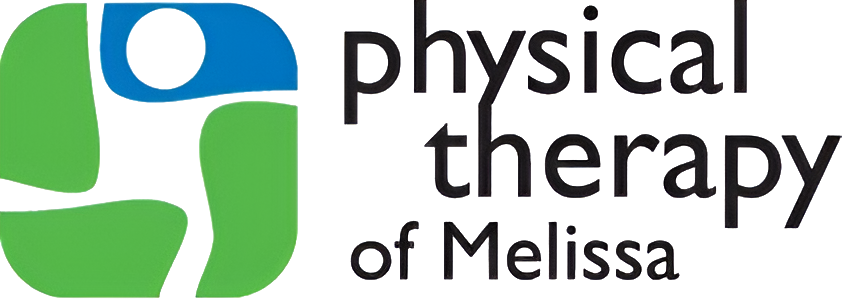
Physical Therapy a Better Way to Reduce Your Pain
October is National Physical Therapy Month. And as medical professionals across the U.S. work together to expound the benefits of physical therapy, the American Physical Therapy Association (APTA) is leading the nation’s PTs in highlighting a topic that affects the lives of millions: opioid awareness.
More specifically, the goal is to create awareness around the fact that physical therapy is a safer and often more effective alternative to opioids (i.e., Vicodin and OxyContin) for long-term pain management.
This is according to the Centers of Disease Control and Prevention, which in March of 2016 released guidelines urging non-opioid solutions (such as physical therapy) for the management of chronic pain.
“America continues to fight a devastating opioid epidemic. No state is untouched,” said Sharon L. Dunn, PT, PhD, president of the APTA. “In 2016, physical therapy was identified as part of the solution by the Centers for Disease Control & Prevention (CDC) and then the U.S. Surgeon General, Vivek H. Murthy.”
The CDC backs of the claim of an epidemic, noting that more than 1,000 people are treated in emergency rooms every day for misusing prescription opioids.
Other scary facts about opioids, according to the CDC:
- Opioid misuse, overuse and addiction contributed to the death of nearly 20,000 Americans in 2014.
- Health care providers wrote 259 million prescriptions for opioid pain medication in 2012, enough for every adult in the U.S.
- As many as one in four people who receive prescription opioids long-term for non-cancer pain in primary care settings end up struggling with addiction.
“We are set up for addiction because we are an impatient culture that fears aging,” said Dr. Amy Baxter, founder and CEO of MMJ Labs Pain Relief. “Pills give instant reassurance that the pain won’t last, to let us ignore our mortality without the drudge of creating a coping plan.”
However, Baxter says that just as pain is often the result of pushing our bodies to a certain limit, it’s often best to look to toward pain relief as something to work toward – a natural process, not one that relies largely on pharmaceuticals.
A number of studies over the years have pointed to movement, exercise and individualized physical therapy as effective options for treating chronic pain. A report about chronic pain released by the National Institutes of Health in January of 2015 specifically mentions physical therapy as a key, non-pharmaceutical option for treating, managing and even ending chronic pain.
“To a dancer, a runner, or any elite athlete, pain is a signal that something isn’t right and needs fixing,” Baxter said. “We need to understand pain is an inevitable challenge of living. It’s something to be worked through, a sign of active vitality, of risk-taking, a message to change behavior or an expected part of what will happen after surgery or an injury.”
From education, strength and flexibility exercises and manual therapy, to posture awareness and body mechanics instruction, physical therapists are licensed and trained to identify the causes of chronic pain, then establish individualized treatment plans for managing and possibly eliminating the pain.
If you’re currently experiencing long-term pain symptoms, schedule a consultation with your local physical therapist. Together, you may discover a more natural path forward toward pain relief.
